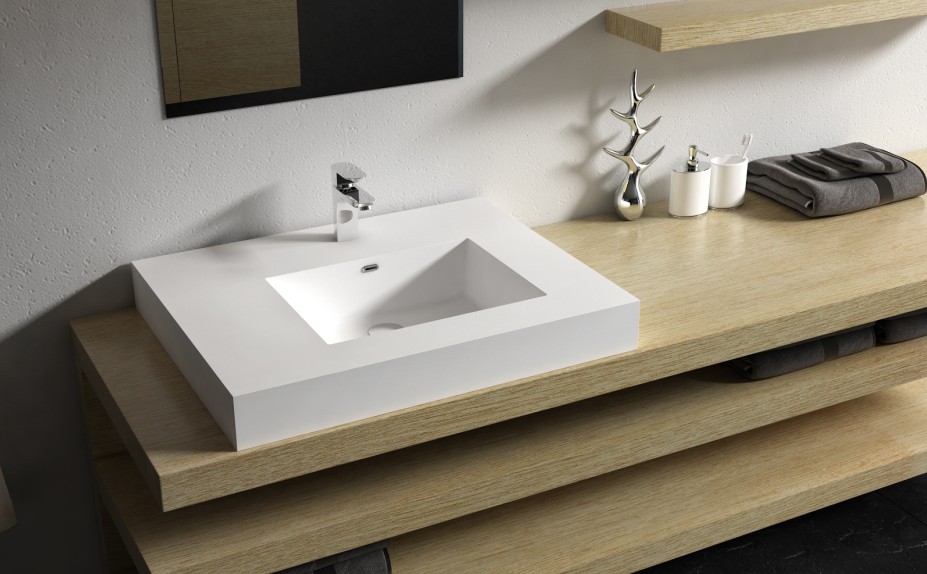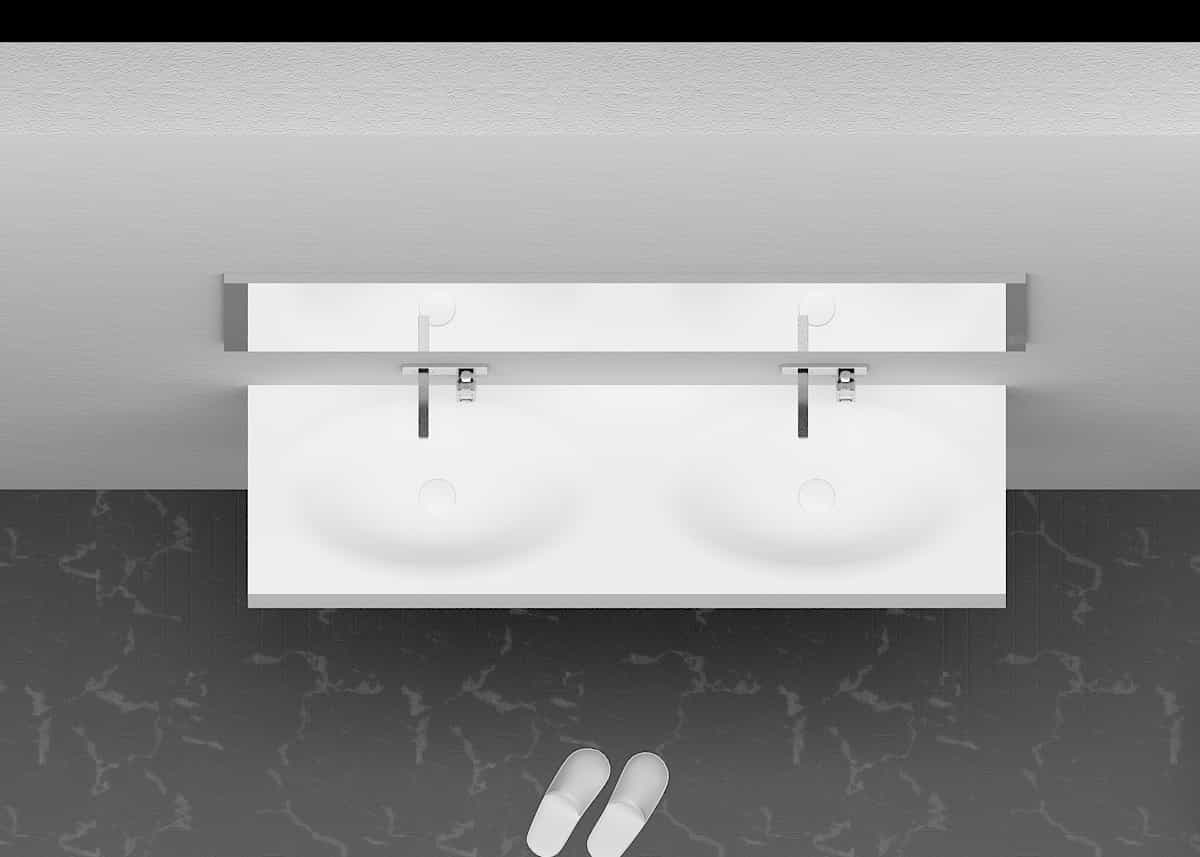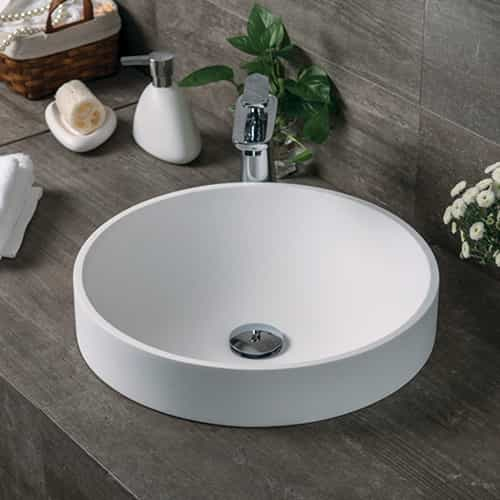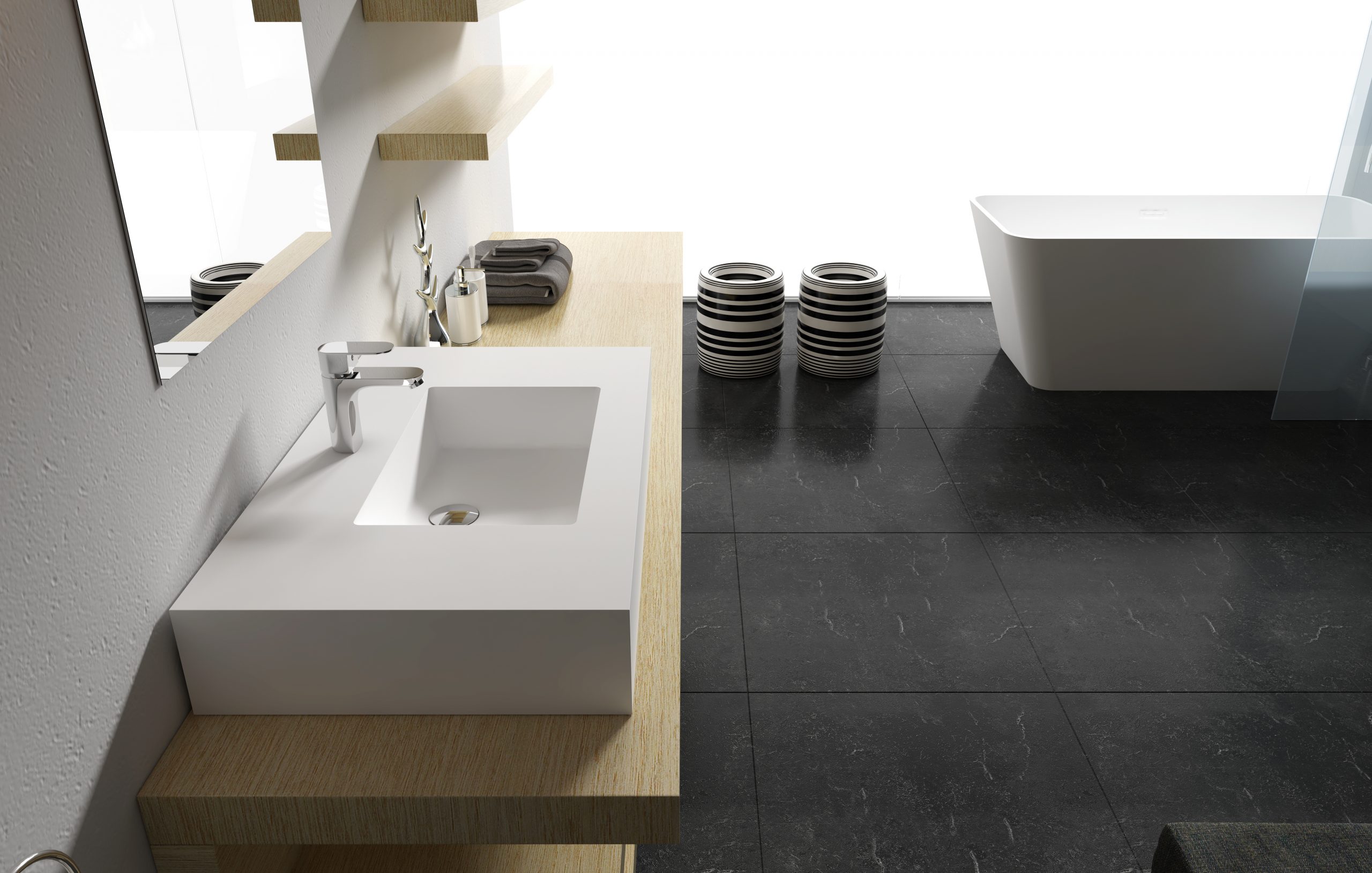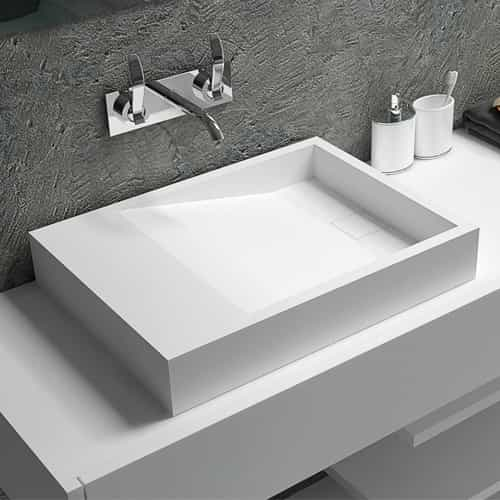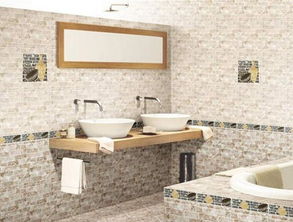
There are many classification methods of ceramic wall and floor tiles.
1. Classified by purpose
(1) Interior wall tiles: Glazed fine pottery products with a water absorption rate of less than 21%, used for interior wall decoration. The main features are high glaze gloss, rich decoration techniques, high appearance quality and dimensional accuracy.
(2) Exterior wall tiles: ceramic tiles with a water absorption rate of less than 10%, used for exterior wall decoration. According to different outdoor temperatures, choose bricks with different water absorption rates for paving. In cold regions, bricks with a water absorption rate of less than 3% should be selected. The glazed surface of the exterior wall bricks is mostly semi-dull (matt) or dull, and the bricks with a small water absorption rate are not glazed.
(3) Floor tiles: ceramic tiles used for ground paving. The main features are high hardness of the working face, wear resistance, thick carcass, high mechanical strength and good pollution resistance.
2. Classified by material
(1) Porcelain tiles: the water absorption rate is less than 0.5%, the light transmission is good, and the cross-section is fine and shell-like.
(2) Semi-porcelain bricks: water absorption rate is 0.5~10%, including stoneware bricks, fine stoneware bricks and stoneware bricks. It has poor light transmission, but high mechanical strength, good thermal stability, good chemical corrosion resistance, and a stone-like cross section.
(3) Ceramic bricks: high water absorption rate, generally 10%~21%, low sintering degree of green body, opaque, low mechanical strength, rough surface.
3. Classification by molding method
(1) Dry pressing method (powder method): The mud is made into powder with a water content of less than 6%, and then the powder in the mold is made into flake bricks by a press.
(2) Plastic method (extrusion method, wet pressing method, rolling method, etc.): the mud material is made into a mud ball with a water content of about 20%, and then the plastic Mud balls pressed into flaky bricks.
(3) Grouting method: The mud material is made into a grouting material, which is dehydrated and formed with a plaster model. This molding method is inefficient and is mostly used to manufacture special-shaped products with few parts.
When performing product performance testing, testing standards are usually selected according to materials and molding methods. For example, the standard used in the inspection of porcelain tiles is the standard inspection of porcelain tiles formed by powder method and water absorption rate less than 0.5%.







